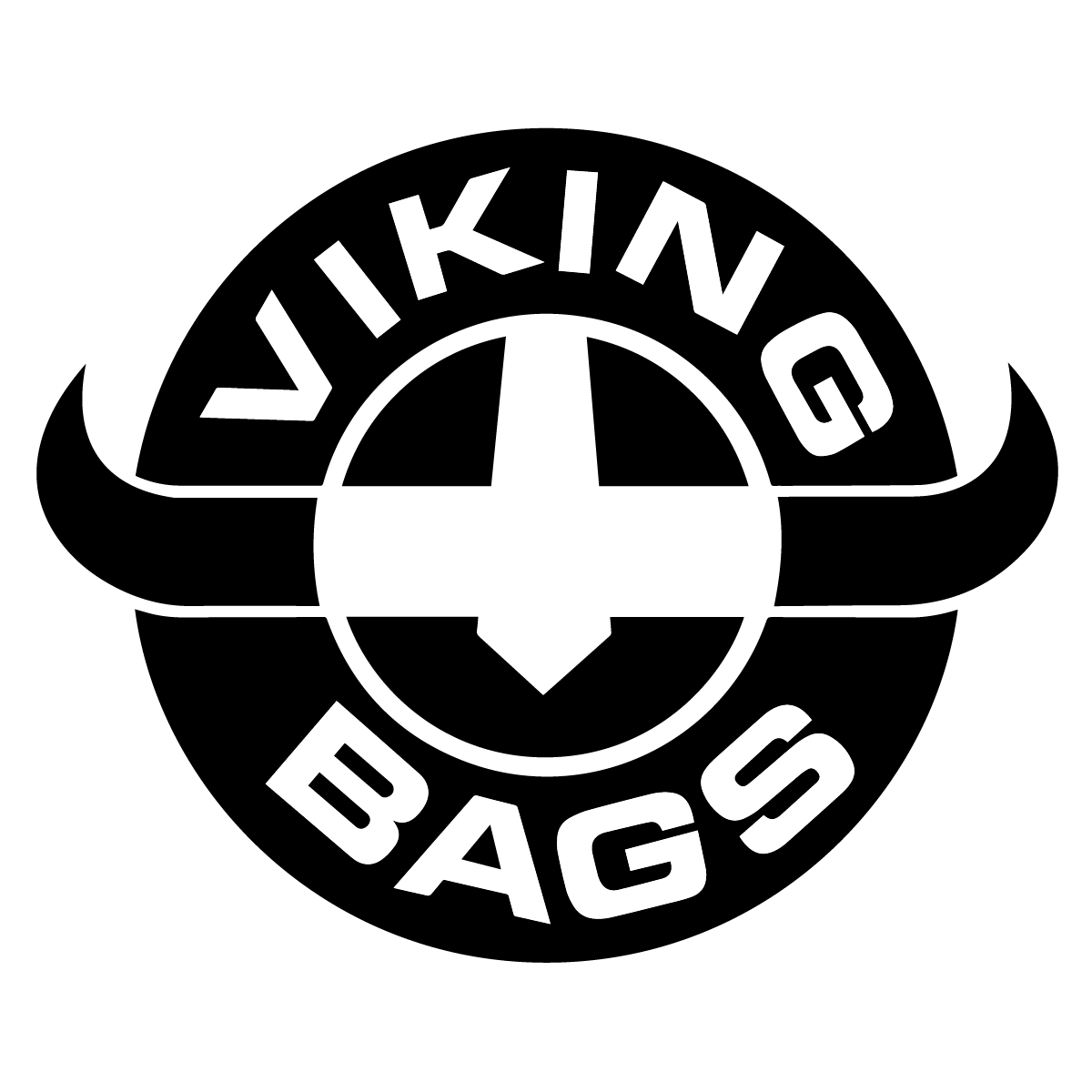Carburetor fuel circuits and functions:
1) Pilot jet/slow jet – Affects mixture from idle to 1/3 throttle opening. The pilot jet meters fuel to the “bottom end circuits”
2) Air screw – Meters air to pilot jet. It is usually located near the back or air box side of the carb. Turning in clockwise, will richen the pilot mixture. Turning out, counter clockwise, will lean out the pilot mixture. Average setting for most 2 strokes is 1 to 2 1/2 turns out. Refer to owner’s manual.
Note: If the adjustment screw is in the front of the carb, it is a fuel screw and not an air screw; it is adjusted the opposite of the air screw. Most 4-strokes are this way.
3) Jet needle aka Needle – Affects the mixture from 1/4 throttle to full throttle. The needle is in the leanest position when the clip is on the top, and richest on the bottom. The needle calibrates the full to the change in throttle valve (slide) opening. The further down the needle is, the later the main jet comes on and the leaner the mixture at that point.
4) Main Jet – This circuit affects the mixture from 1/2 throttle to full throttle. This is your full blast top end circuit. This circuit is most accurately tuned by checking the plug for the correct color, sort of mocha brown.
5) Float/Float valve/Float level – Your owner’s manual has the correct level and procedure for calibrating your bike. Here are some symptoms that would indicate the need for float adjustment.
A) If float level is too high, the float bowl overflows out the drain hoses, and fuel often blocks the air passages that allow the carb to de-pressurize. This causes a bog, or hiccup over large hits.
B) If float level is too low, the engine starves for fuel off idle, causing a “boooooowang” sound very similar to a pilot jet or air screw set too lean.
Jetting Guidelines; Eliminating the variables.
1) Never change more than one circuit at a time. You need this tool to tell you exactly which circuit is affecting performance and at what throttle opening.
2) Use fresh gas. Octane ratings diminish with time and the higher the octane the slower the burn and richer the mixture. The quality of today’s pump gas is decreasing. To compensate for the fuel, richer jets are required. Also note that fuel with ethanol (aka MTBE) also requires a slightly richer mixture.
3) Always start with a fresh air filter. Let a freshly oiled air filter dry at least 6 hours in advance so that the alcohol in the air filter can evaporate. Then match the carb to a motor that breathes properly. Otherwise, the engine will run slightly leaner when the clean air filter is installed.
4) When performing a plug check, use a good used spark plug. New plugs are white and are hard to read accurately for mixture checks. If you have to use a new plug be sure to put at least 15 to 20 hard minutes on it before attempting to get a reading.
5) Always check for clogged carb vent lines. Clogged lines will cause hard starting and bogging when the motor is hot. They can also cause erratic running that seems to mimic a mis-adjusted float, but worse. Performance will seem rich and acceleration will be sluggish off idle.
6) If you’re trying to track down a jetting problem, don’t change your premix oil brand or the ratio. The pre-mix ratio will determine how much fuel is available to be burned because the oil isn’t burned, and in terms of liquid volume, the oil takes up a portion of the liquid (oil + fuel). While the ratio will have a minimal impact when making small changes, remember that you’re trying to eliminate variables.
How to Jet
1) Mark your throttle housing and grip in 1/4 turn increments. Use a marker, razor blade, etc.
2) Now get the motor to operating temperature by riding around, away from the pits.
3) Once the motor is warm, ride in 2nd and 3rd gear from the low RPM to high RPM. This puts a good load on the motor and is an accurate test of performance.
* try to notice if the problem gets worse or better as the motor heats up.
4) Now try to locate the throttle opening at which the problem exists. See details just below.
Rich Jetting Symptoms and Solutions
A) Motor won’t idle and idle set screw is ineffective. Try leaning out the air screw by turning it counter clockwise a quarter turn at a time. If the air screw has no effect, install a leaner pilot jet and return the air screw to 1 turn out. Proper air screw settings are usually between 1 and 2 1/2 turns out. The correct pilot for your bike is one that allows instant off-idle throttle response, and allows the air screw to be effective between 1 and 2.5 turns out. If the problem still exists, check and clean the choke circuit and carb vent lines.
B) Motor stumbles off idle to 1/2 throttle, then cleans up. If everything in part A above is correct, check the needle. Stock position is usually in the middle, but check your owner’s manual to be sure. To lean out the needle, you need to raise the clip. If the needle is dropped all the way lean and problem still exists, try a leaner needle.
C. Motor will rev through the mid range then becomes gurgley (technical term) at full throttle and power is sluggish. This is a text book example of a rich main jet. This problem often occurs when an air filter becomes clogged and gets worse as the motor heats up. Choose a main jet with a smaller number and lean out the air fuel mixture one step at a time. If the problem still persists even though it’s improved a little, reinstall your original main jet and lean out the needle one position. Now fine tune the main jet with plug checks.
Plug checks are the key to fine tuning the main jet once the other circuits are set.
White Porcelain Chocolate Mocha Brown Black/Wet
Lean Perfect! Rich
Look for symmetrical burn patterns, smell for odors like burnt plastic, which is actually tranny fluid and would be indicative of a blown seal.
Lean Jetting Symptoms and Solutions
A) Motor hesitates off idle with a “Boooooooooowang” sound. This is a lean symptom and often occurs when a motor is cold. Try turning the air-fuel screw clockwise a quarter turn richer and check throttle response again until motor revs without hesitation. If the motor “hangs up” or doesn’t come right back down to idle, install a richer pilot, and reset air screw.
B) Motor knock knock knocks at idle when hot. Try solution A. If problem persists, perform a “leakdown pressure test” to check for ignition crank seal leakage.
C) Motor revs clean and crisp but runs really hot and lacks power. This symptom indicates a lean main jet and/or needle. Use a richer main jet and/or needle setting. This is the most common misconception about two stroke jetting: When a motor runs excessively hot and lacks power, it is on the verge of seizing. If you are on the trail and don’t have the right main jet, try raising the needle by lowering the clip. It won’t be exact but at least you won’t seize.
Note: To be certain that your problem is lean, pull on the choke and see if the problem gets better or worse. If better, your problem is a lean condition.
These jetting tips are provided courtesy of Alex Dicharry from DNA Racing. – Thanks Alex…









“Also note that fuel with ethanol (aka MTBE) also requires a slightly richer mixture.”
MTBE and ethanol are NOT the same thing.
Great write up!!!
Thanks
pretty spot on, best write up I’ve seen on the web